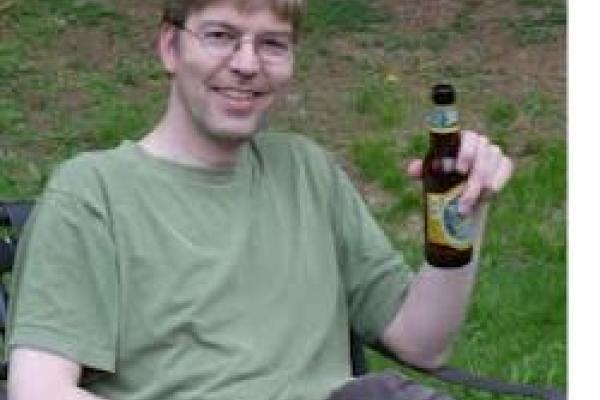
The diffraction limit of light has constrained the resolution of light microscopes in the far field since its discovery more than a century ago. Structures smaller than about half the wavelength of light could therefore not be resolved by light microscopes.
The realization that this limit can be broken has triggered a revolution in (far-field) imaging, especially in biological applications which heavily depend on light microscopy. By taking advantage of optically switching fluorescent molecules on and off, 25 nm spatial resolution or better, more than 10-fold better than in conventional microscopy, is now achievable!
In my presentation, I will provide an overview of the different approaches that are currently developed and applied. I will focus on the physical basis of the techniques which allows identifying striking similarities of seemingly very different methods.
I will present our latest achievements in the development and application of these techniques to provide examples of the current state of this exciting new field in physics.
Disclaimer: J.B. declares financial interest in Vutara Inc., a start-up company producing a fluorescence microscope utilizing 3D particle localization.
References:
- T. J. Gould, S. T. Hess, and J. Bewersdorf (2012). "Optical Nanoscopy: from Acquisition to Analysis," Annual Review of Biomedical Engineering 14:231–254.
